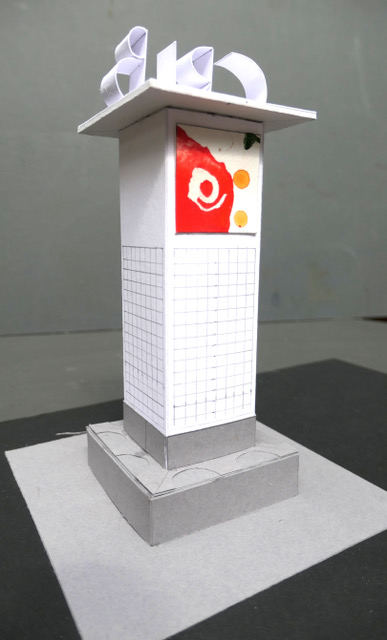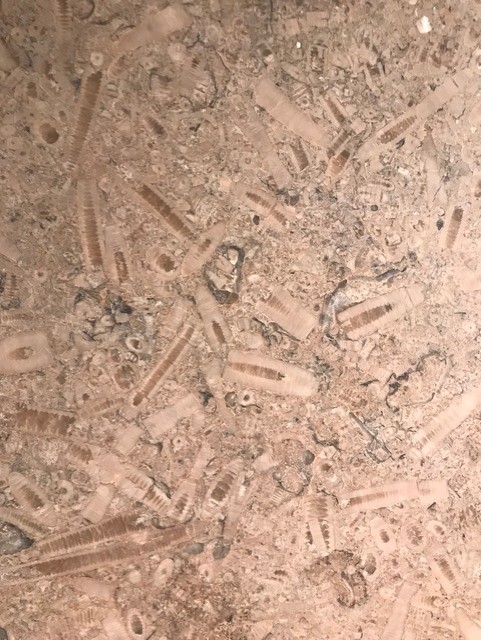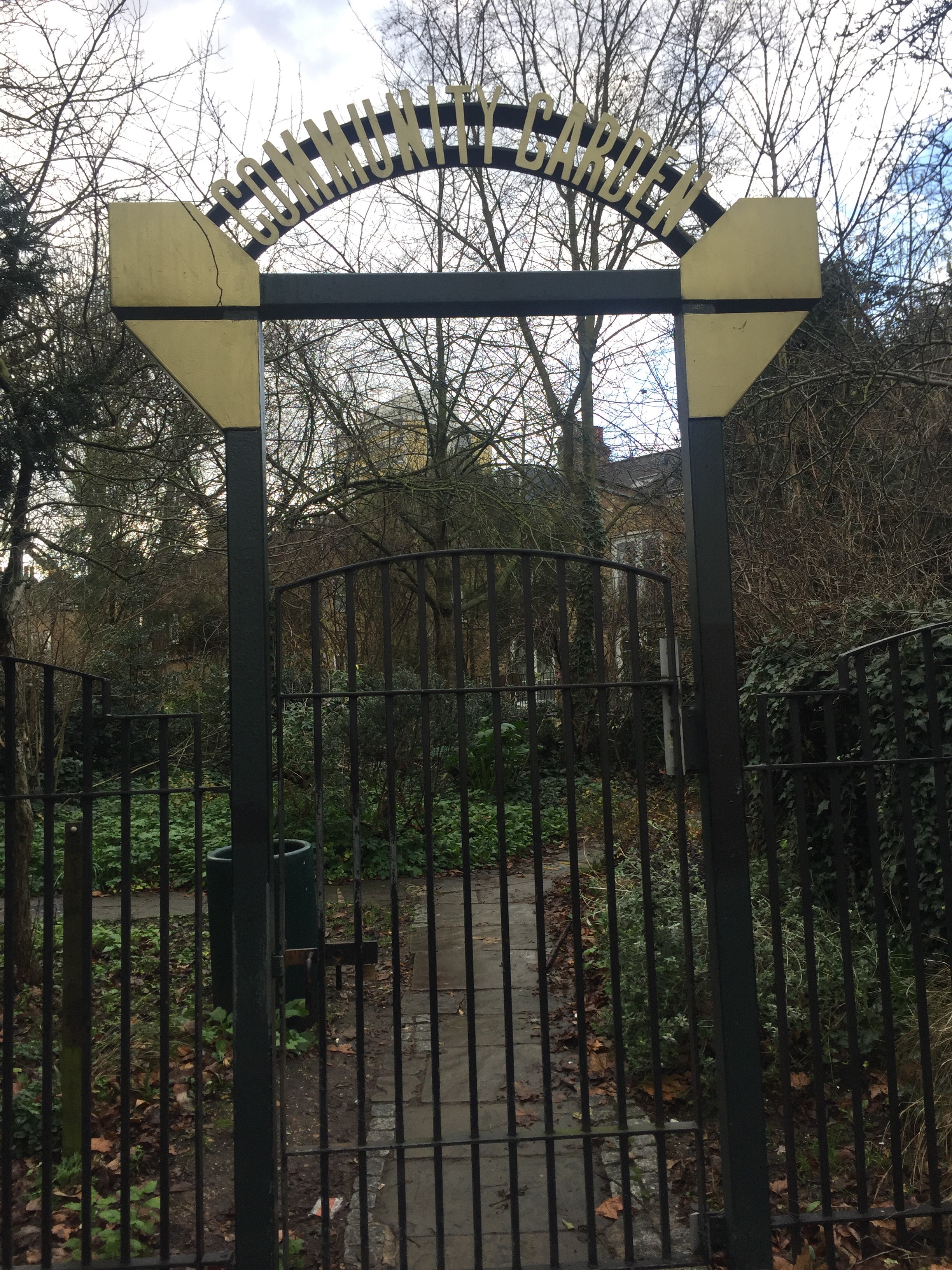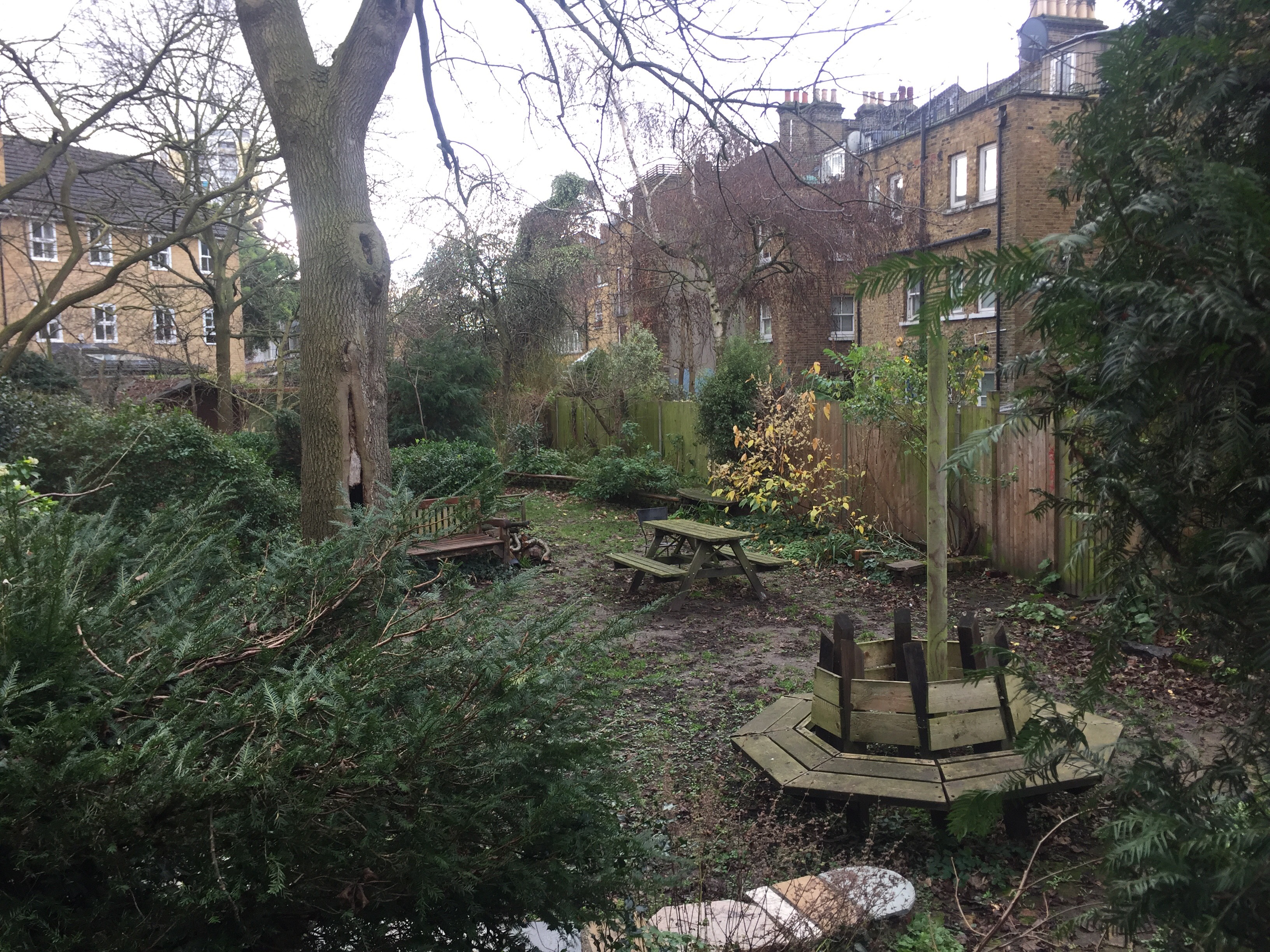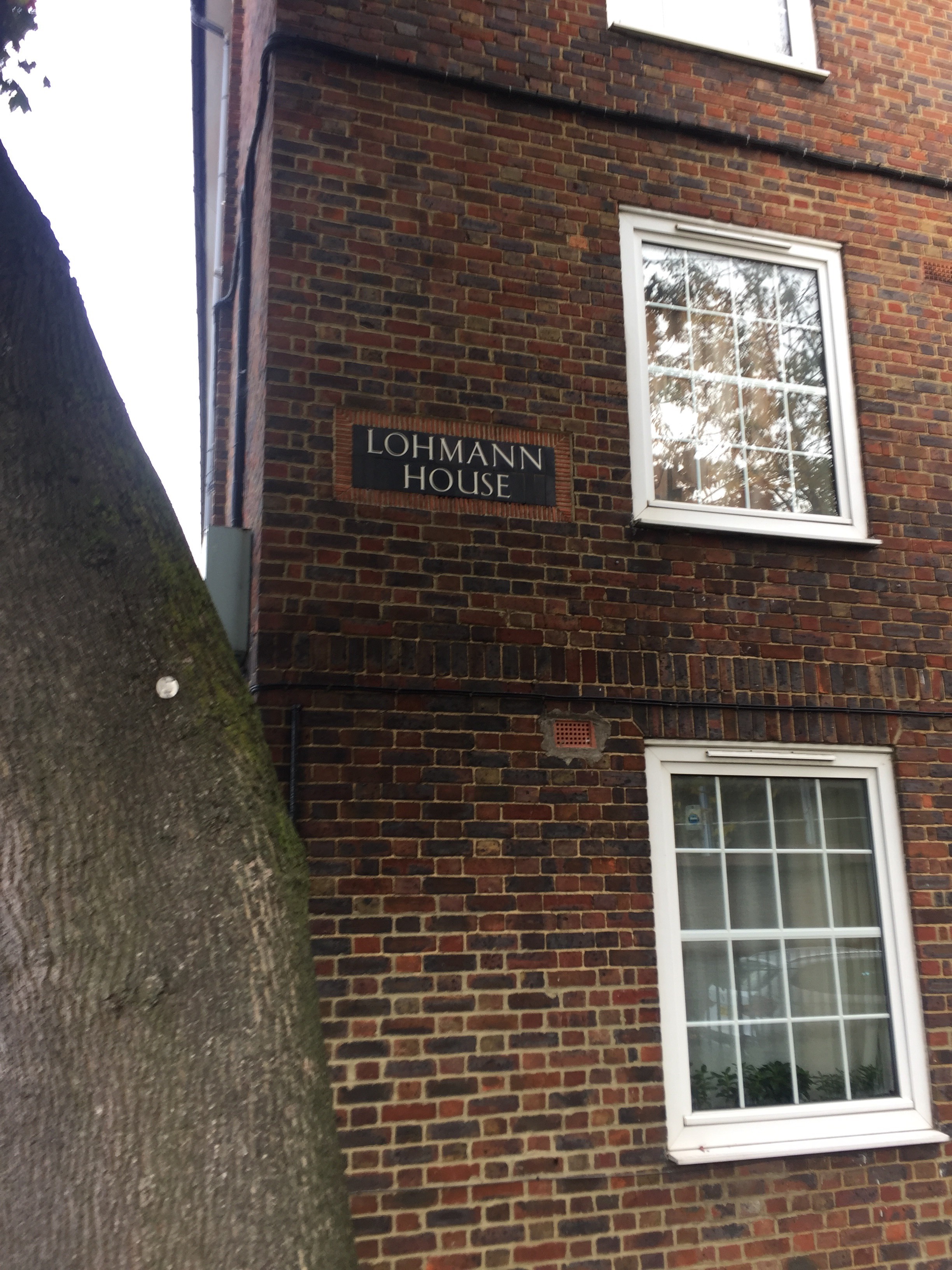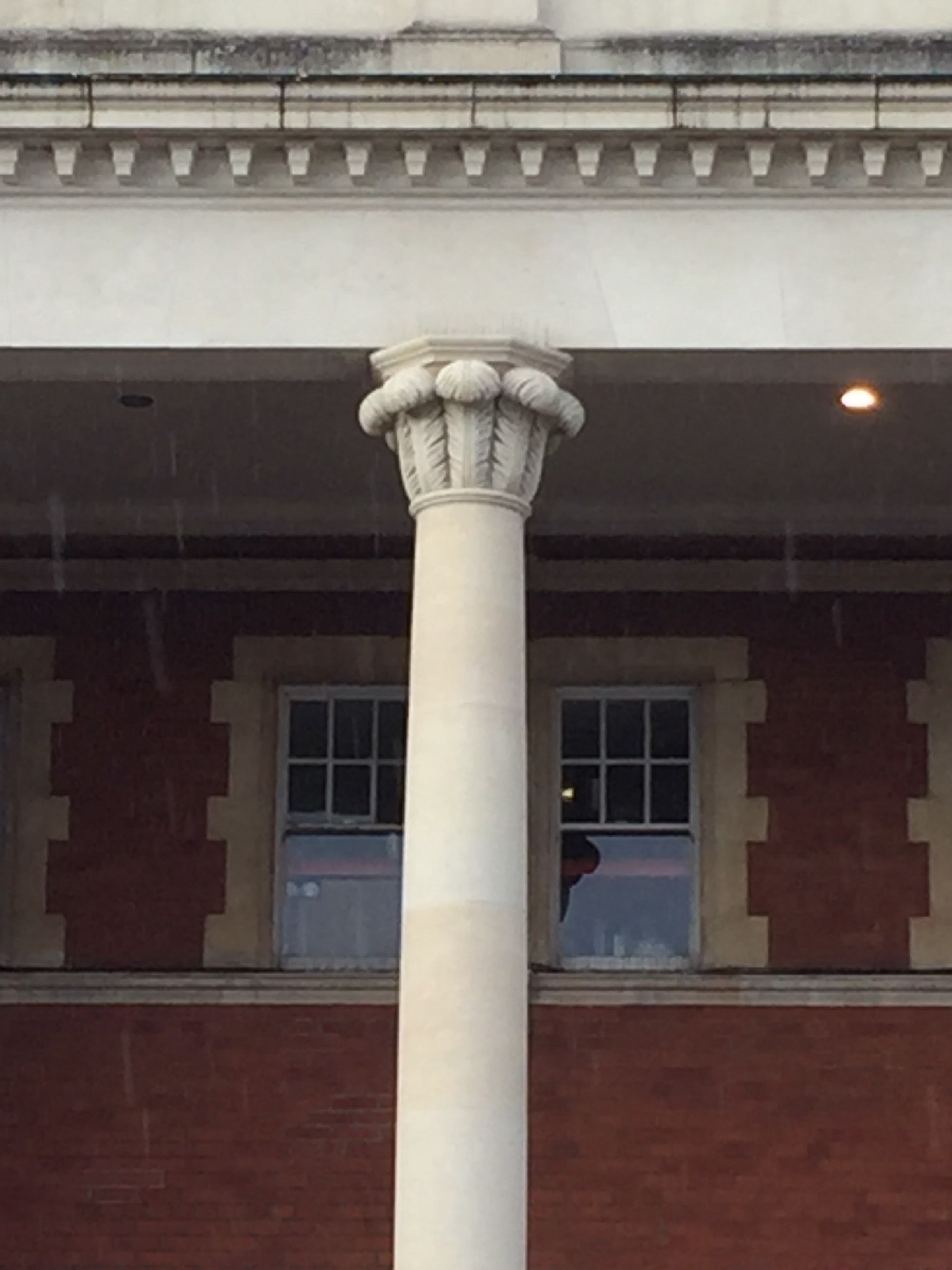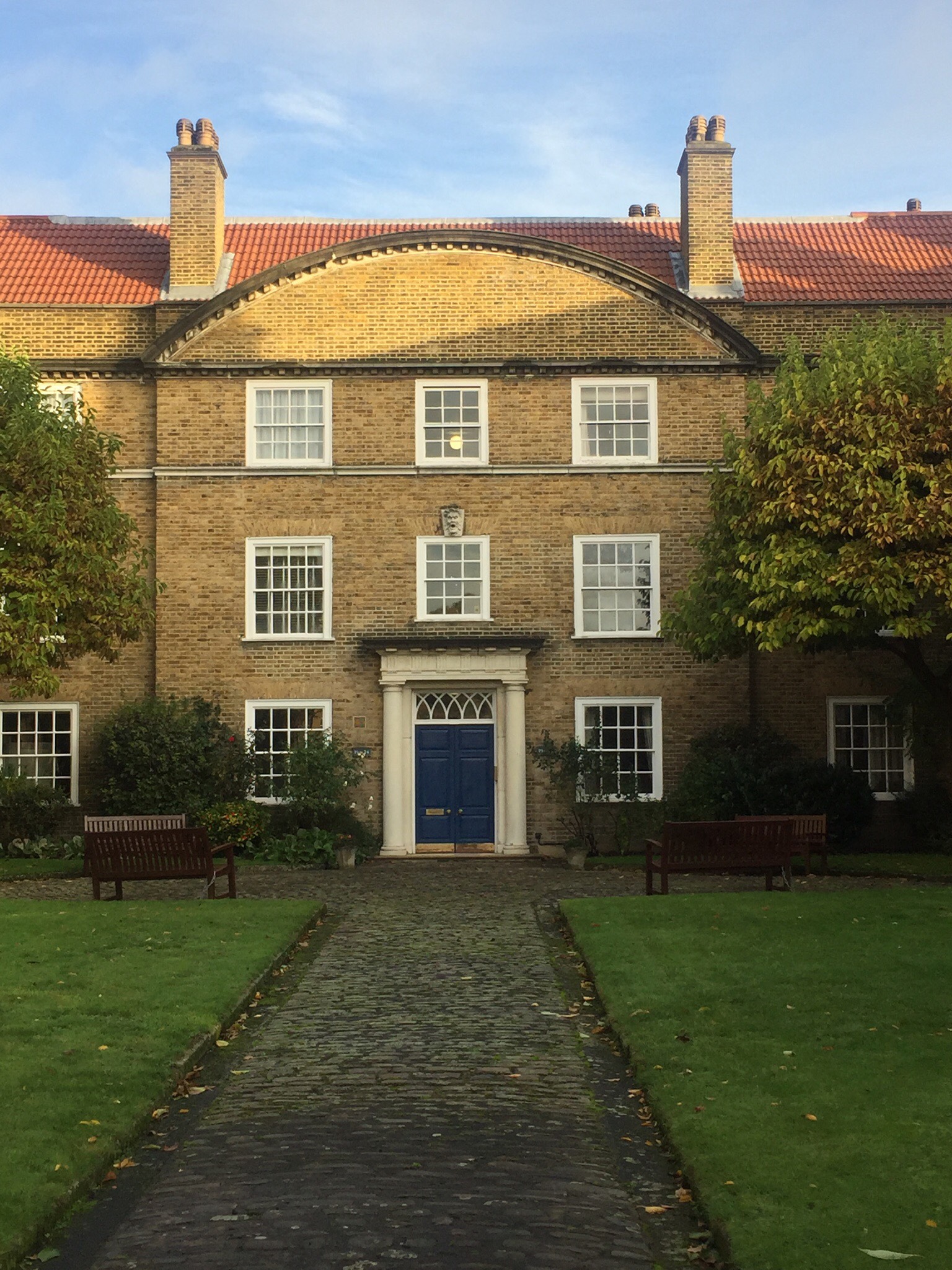We don’t know a great deal about classical music, but we do know a thing or five about having a good time in Greater Kennington. If you have the time you could do a lot worse than check out the upcoming ‘Classical Vauxhall’ series. It promotes itself as embodying ‘drama and emotion of classical music in three of Vauxhall’s most quirkiest venues’. This has KR approval stamped all over it, especially when you add in that there will be a bar and a chance to meet lovely locals.
 The fun kicks off on Thursday, 6 Feb. in St. Peter’s Church in Vauxhall. If you’ve never been then you should check it out anyway as it’s a beautiful great mammy of Victorian Gothicness with what we imagine are pretty fine acoustics.
The fun kicks off on Thursday, 6 Feb. in St. Peter’s Church in Vauxhall. If you’ve never been then you should check it out anyway as it’s a beautiful great mammy of Victorian Gothicness with what we imagine are pretty fine acoustics.
Thursday 6th Feb, St. Peter’s Church – Quatuor Zaide & Fiachra Garvey
On Friday, 7 Feb. the classical fun continues at that playground of Georgian reclamation, Brunswick House (home of LASSCO). Now you might be thinking ‘I never really intended on spending my Friday night in a traffic roundabout in south London’ but LASSCO is worth it, if for no other reason then see the amazing if wildly unattainable objects on sale.
Friday 7th Feb, Brunswick House – Sean Shibe
Moving northwards and forwards, on Saturday 8th Feb the classical wave vibrates on to a KR fave, the fascinating Gardening Museum located at the side of Lambeth Palace (also Lambeth’s oldest building)
Saturday 8th Feb, Garden Museum – Adam Walker & Fiachra Garvey
While you might not know a great deal about classical music either, imagine the fun you can have impressing your friends with a conversation along the lines of this:
SALLY – Hey Paul, get up to anything musical this week?
PAUL – Thanks for asking Sally. Well, I figured out that the giant Daisy on ‘The Masked Singer’ is probably Charlotte Church. You?
SALLY – I went to a classical concert at Brunswick House
drops mic
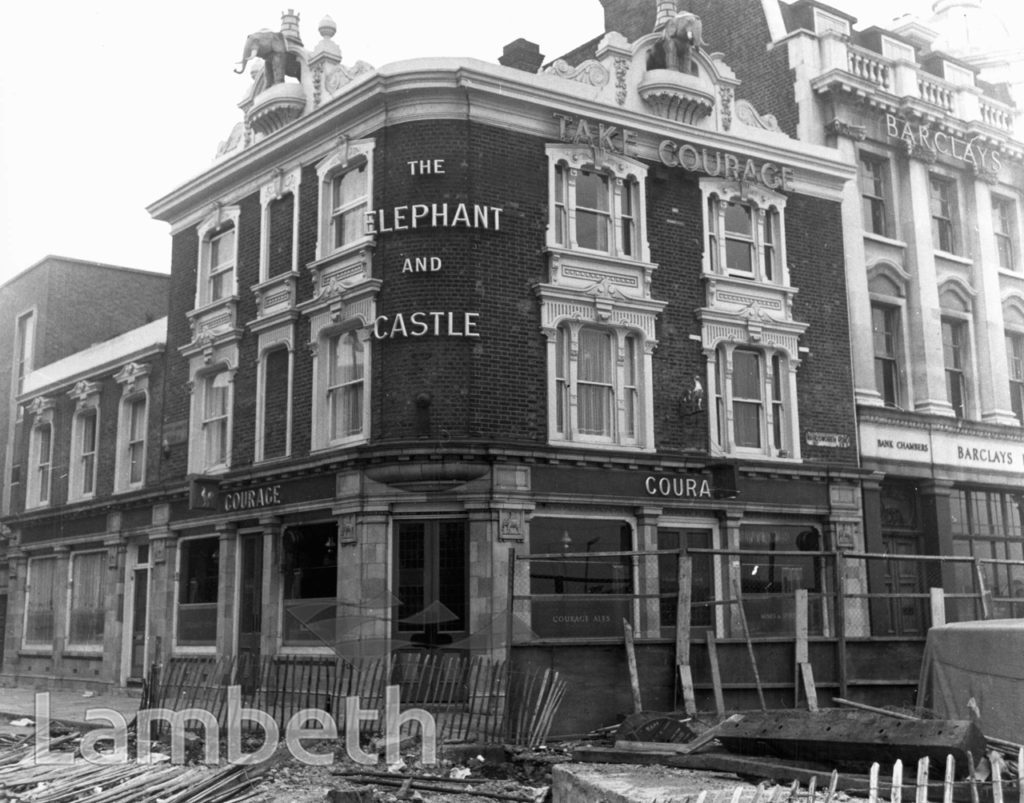
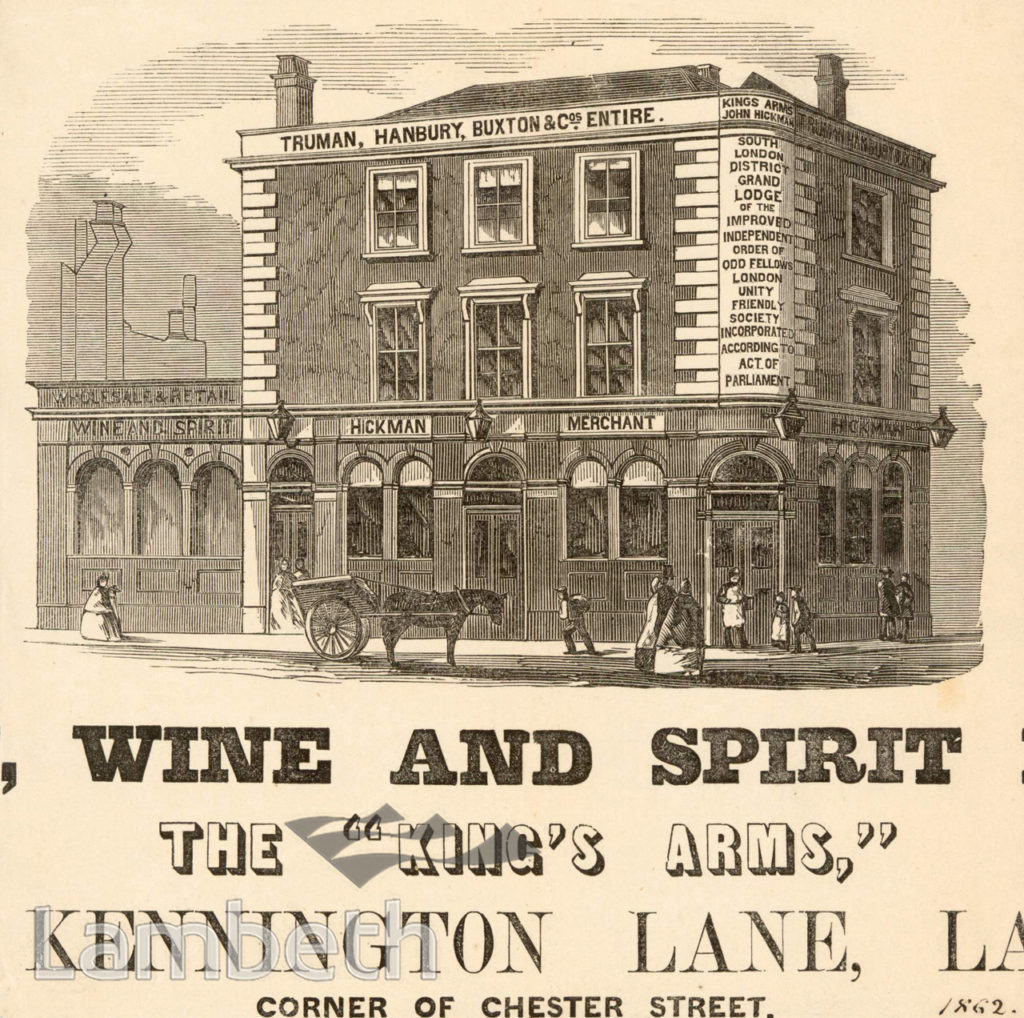
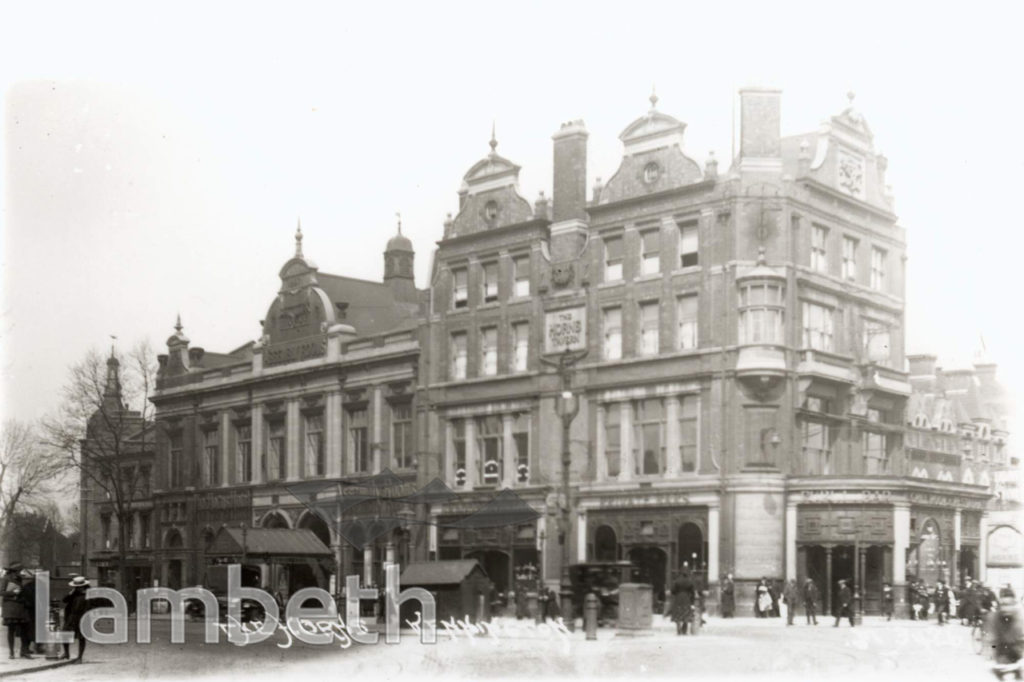
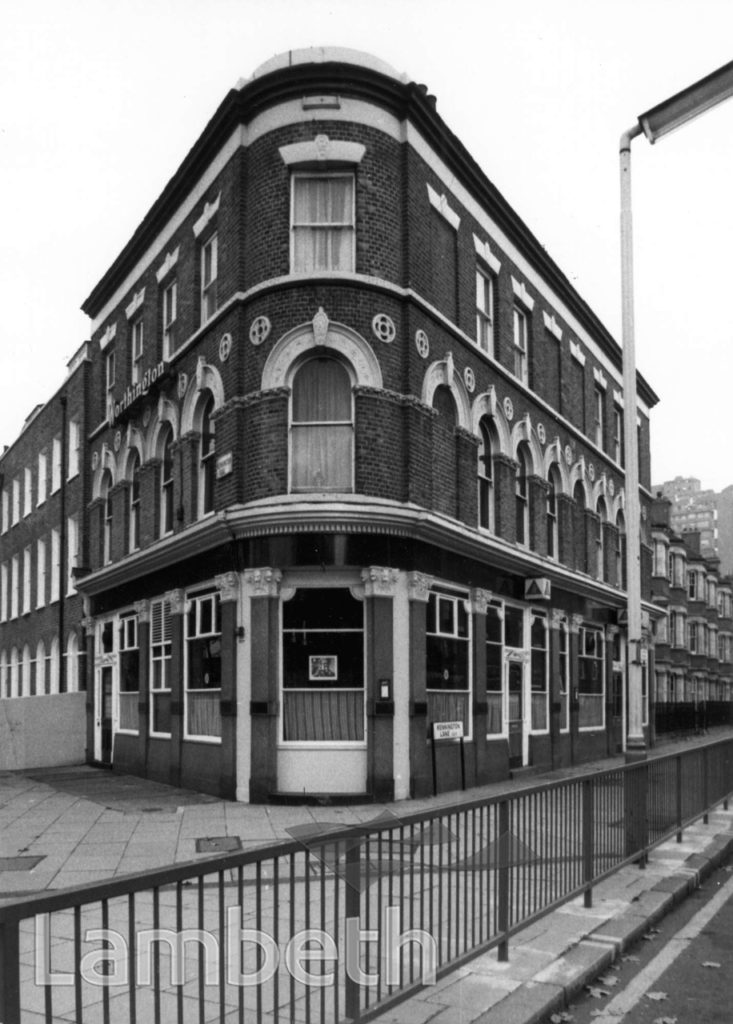
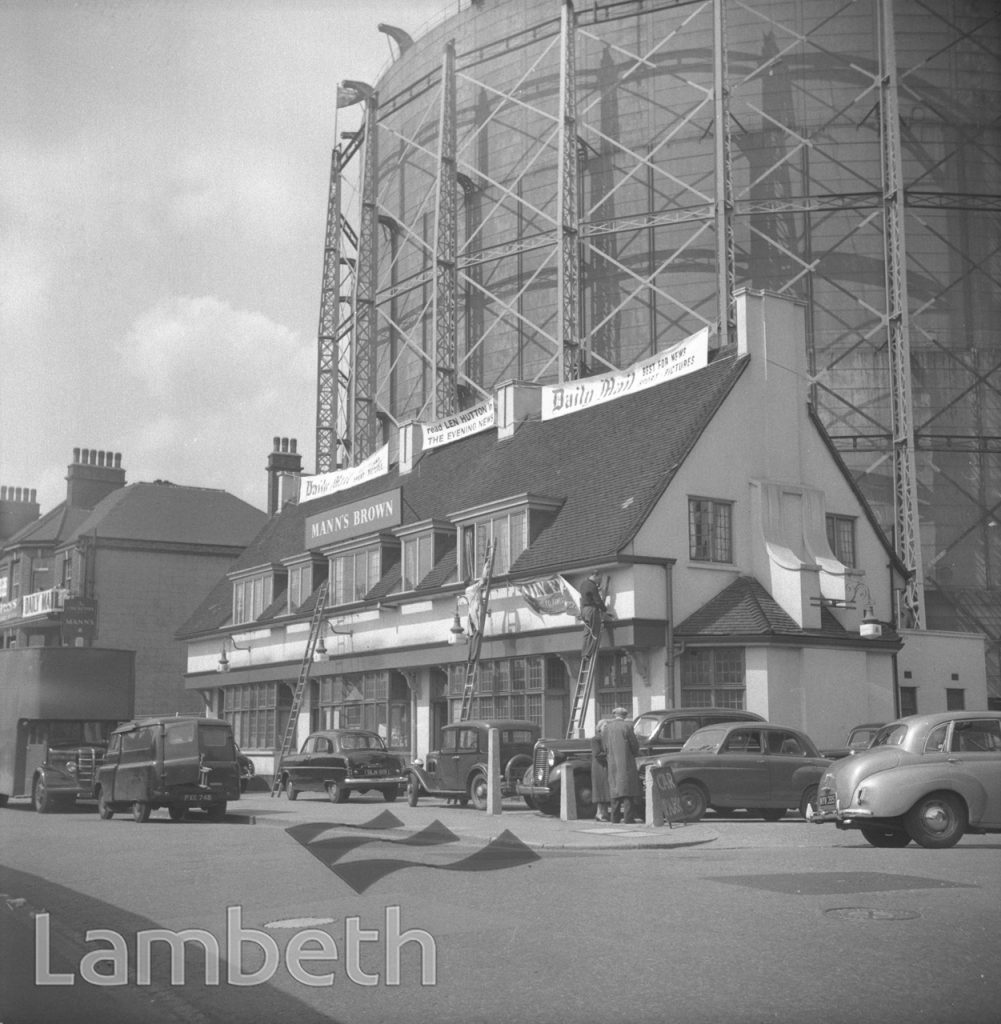
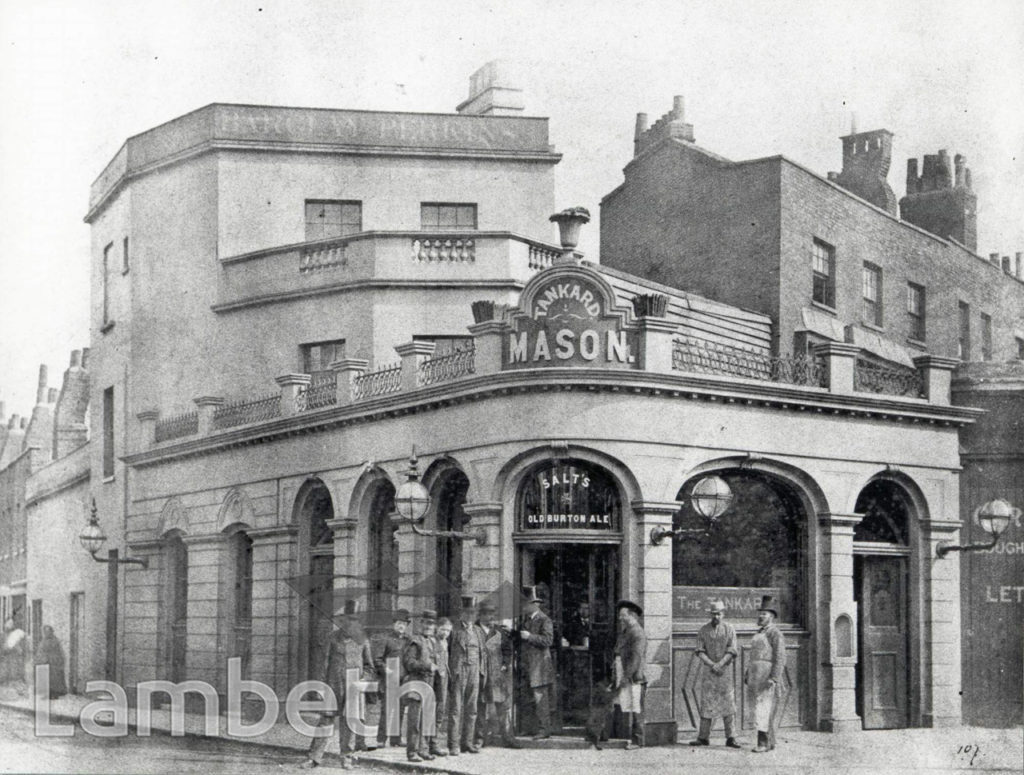
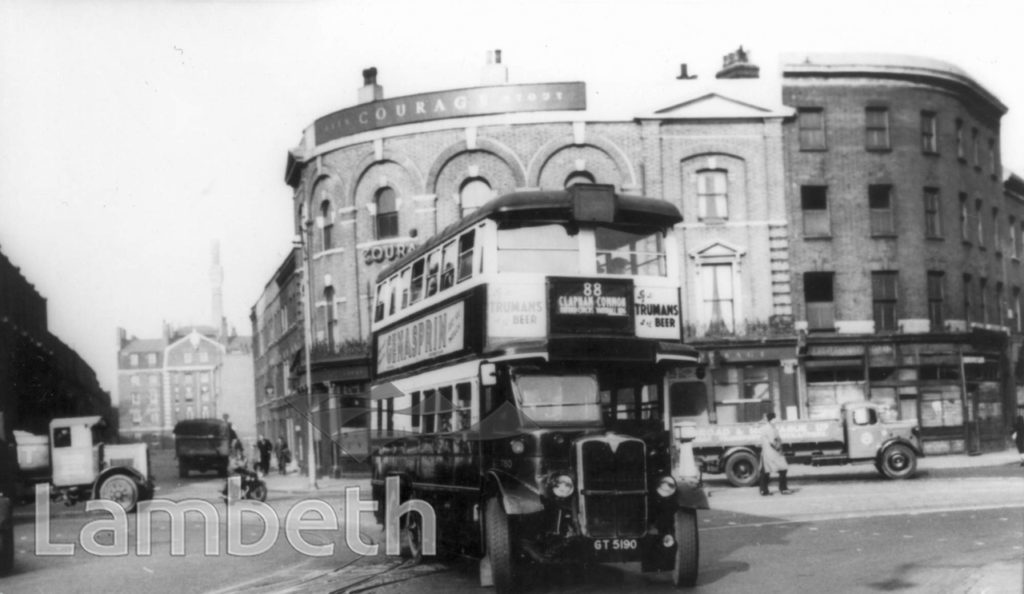

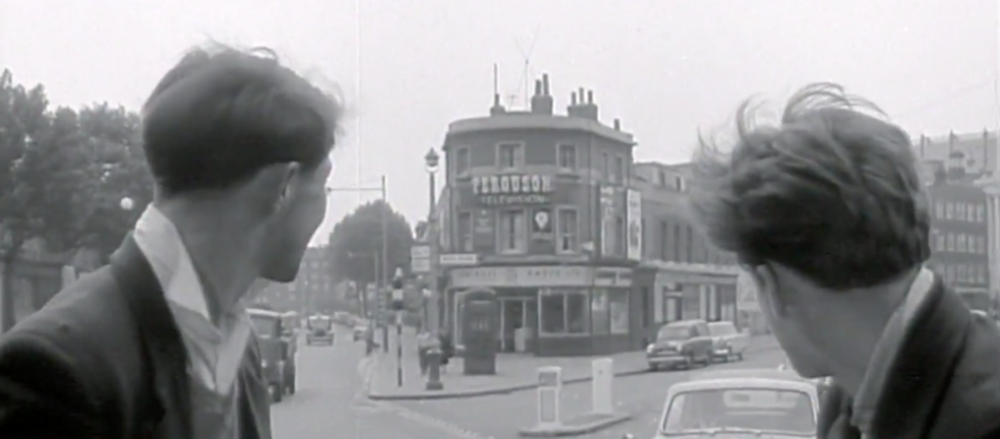

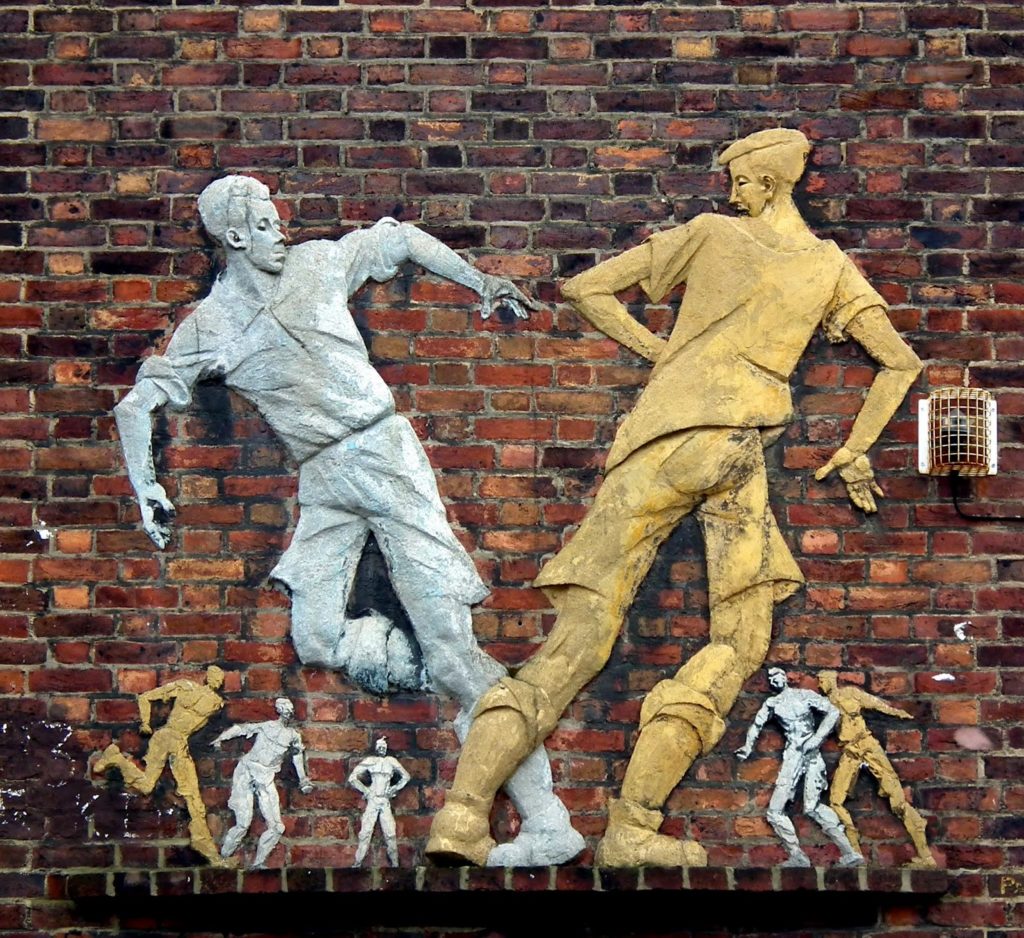
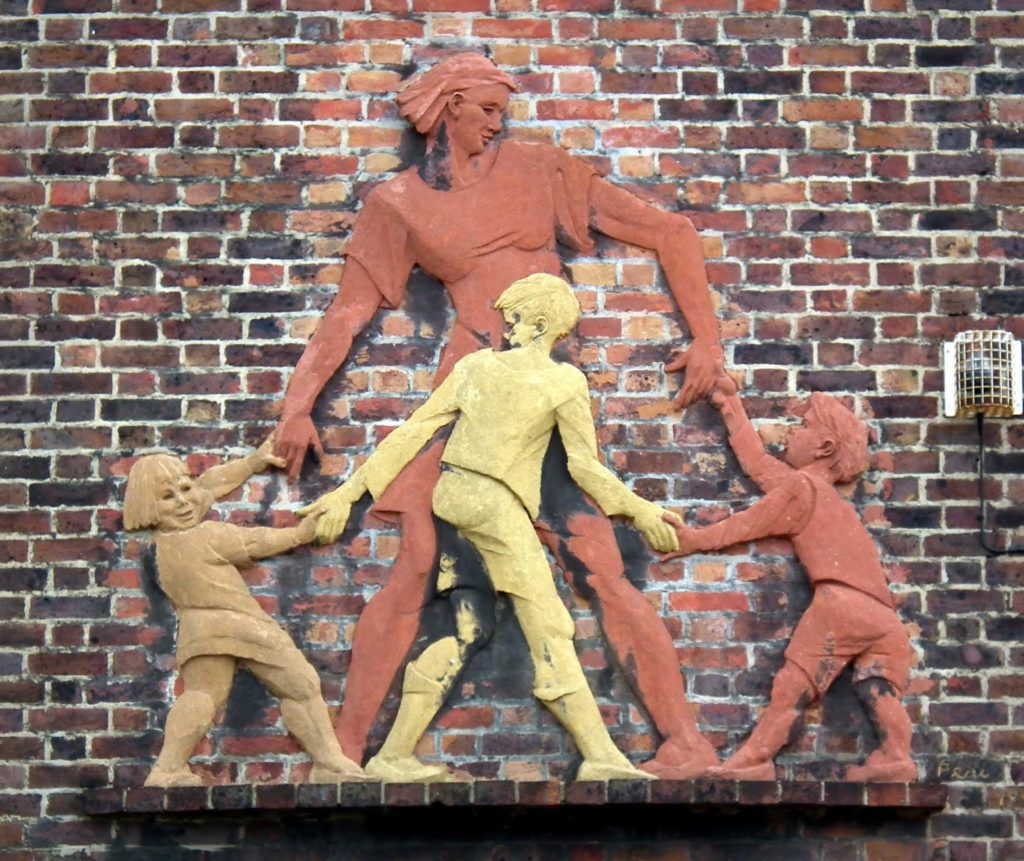

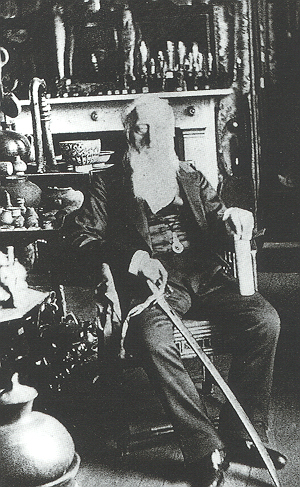
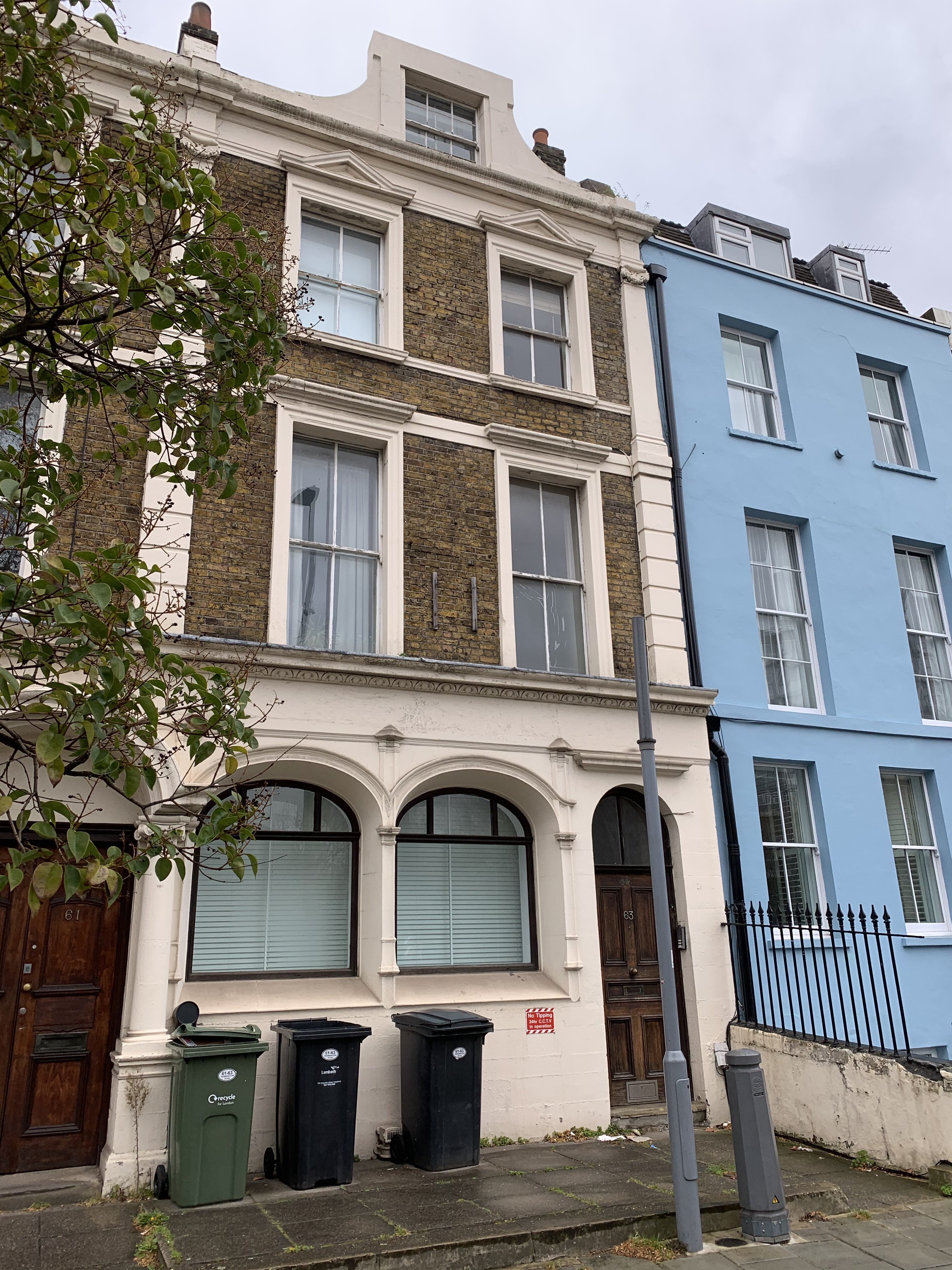
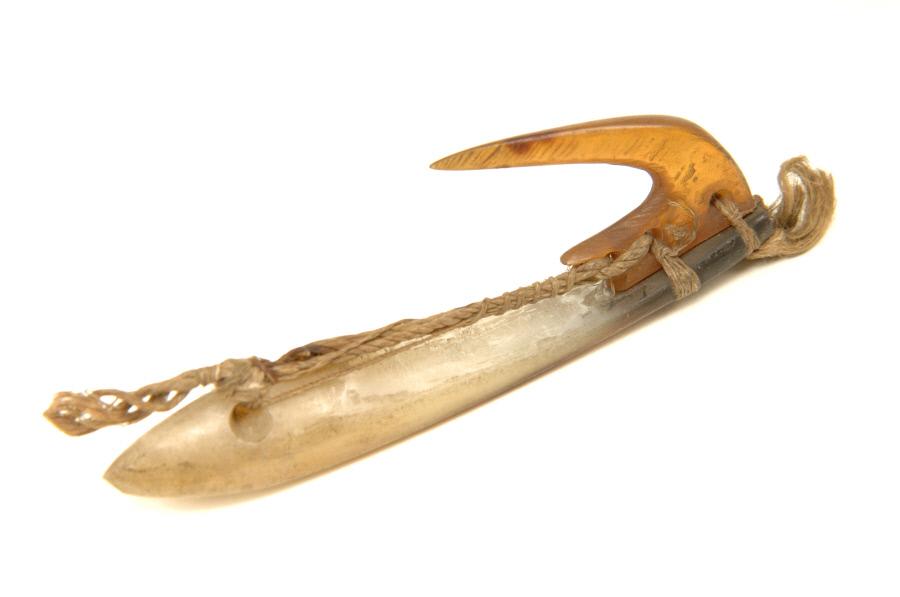
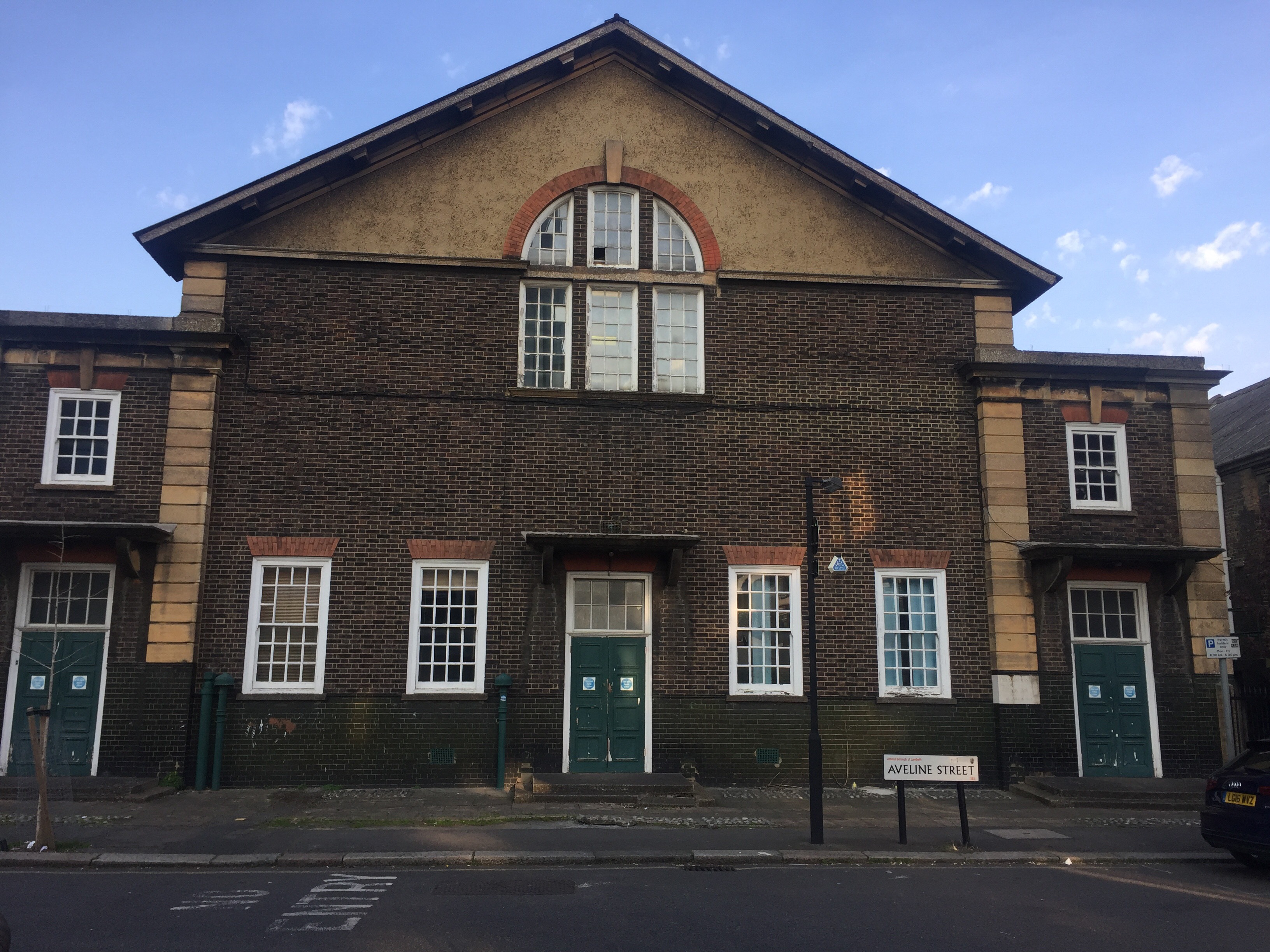
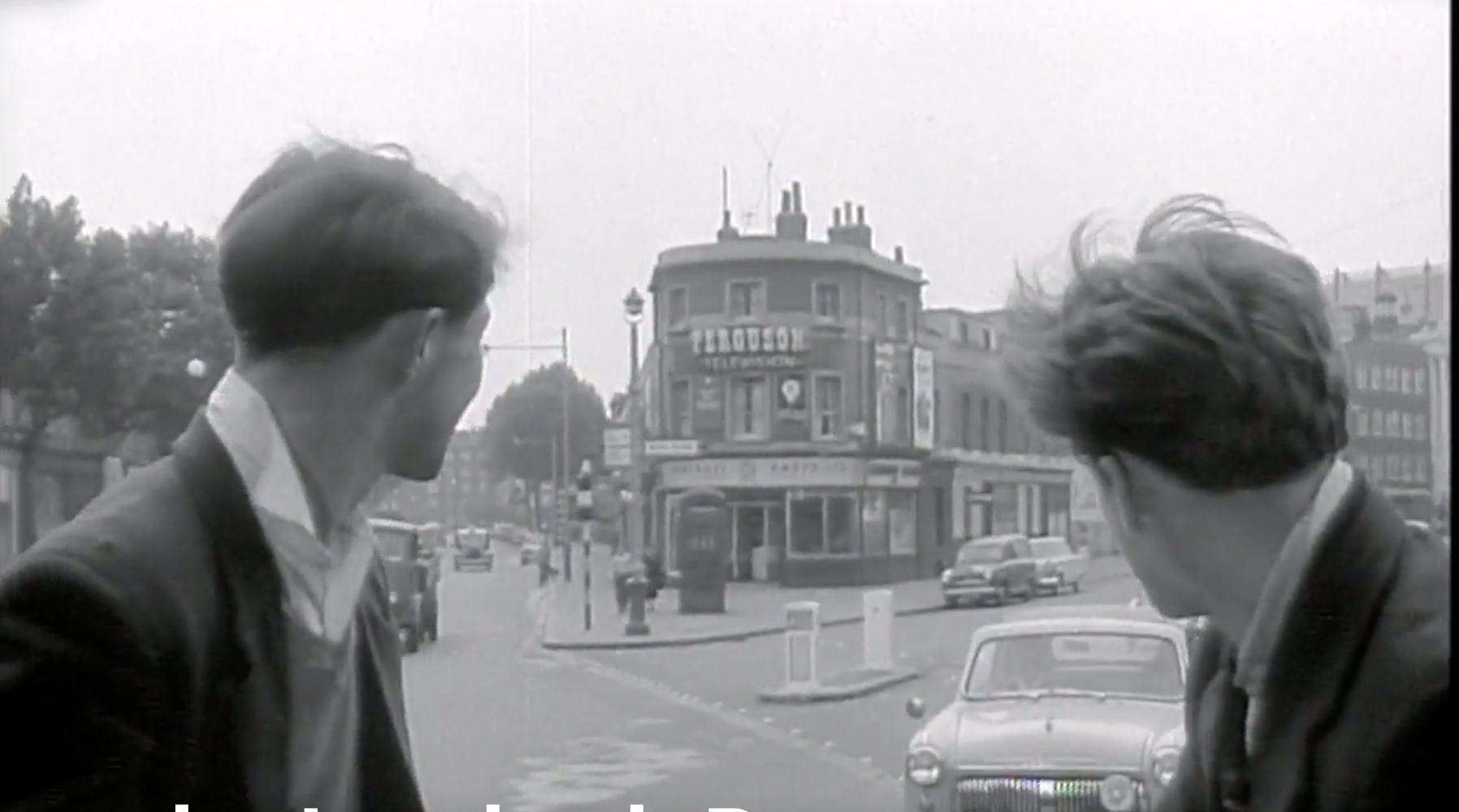
 The fun kicks off on Thursday, 6 Feb. in St. Peter’s Church in Vauxhall. If you’ve never been then you should check it out anyway as it’s a beautiful great mammy of Victorian Gothicness with what we imagine are pretty fine acoustics.
The fun kicks off on Thursday, 6 Feb. in St. Peter’s Church in Vauxhall. If you’ve never been then you should check it out anyway as it’s a beautiful great mammy of Victorian Gothicness with what we imagine are pretty fine acoustics.